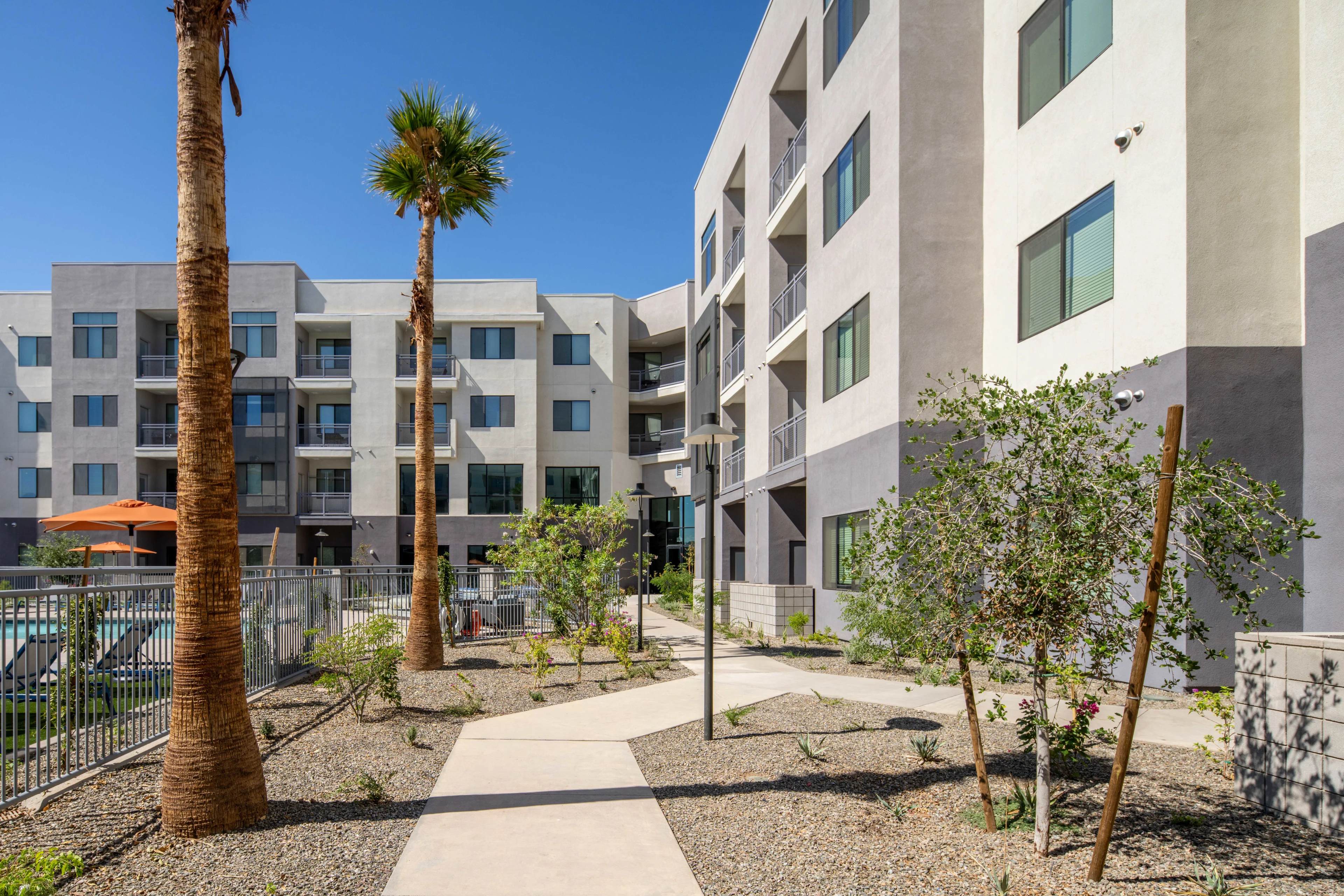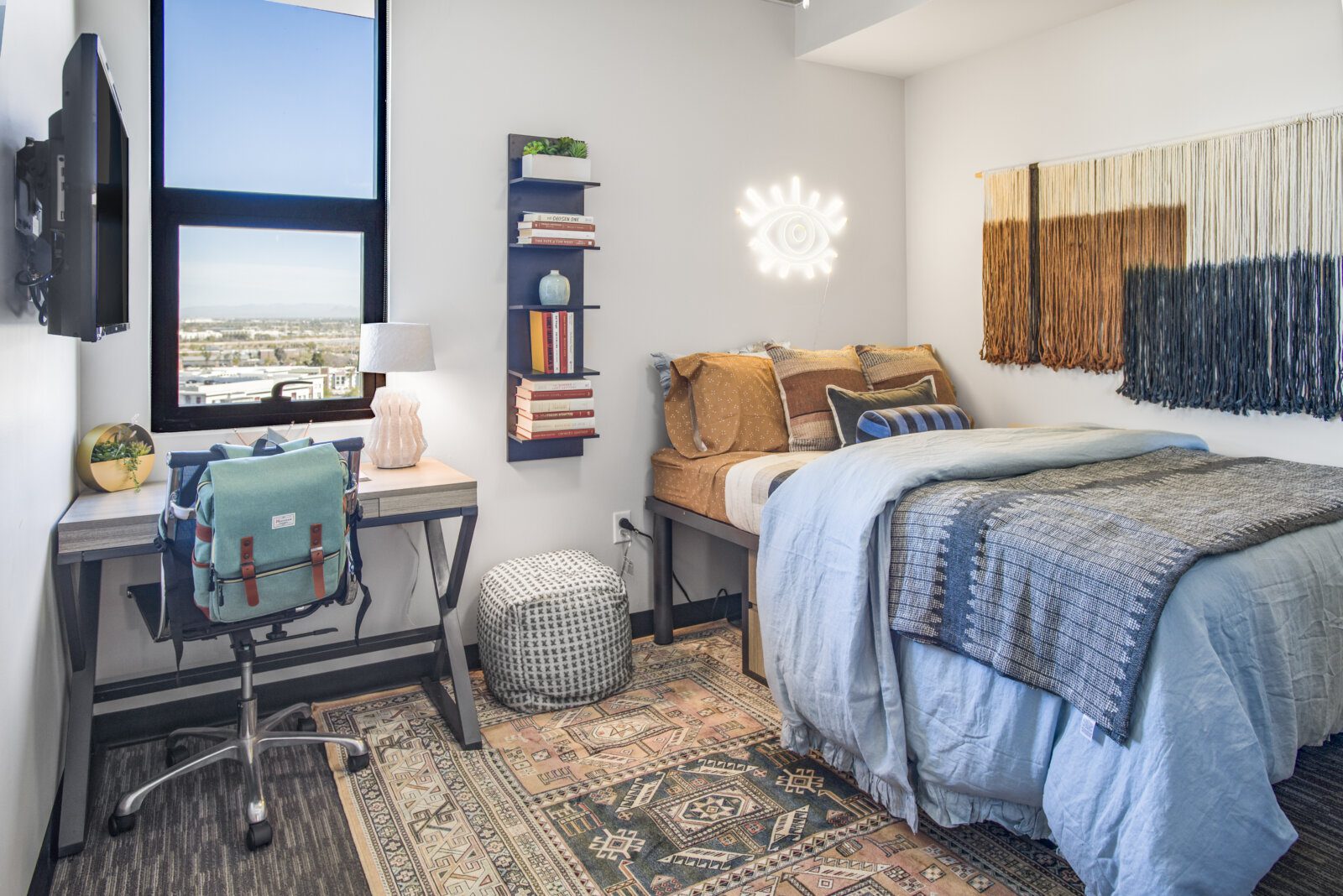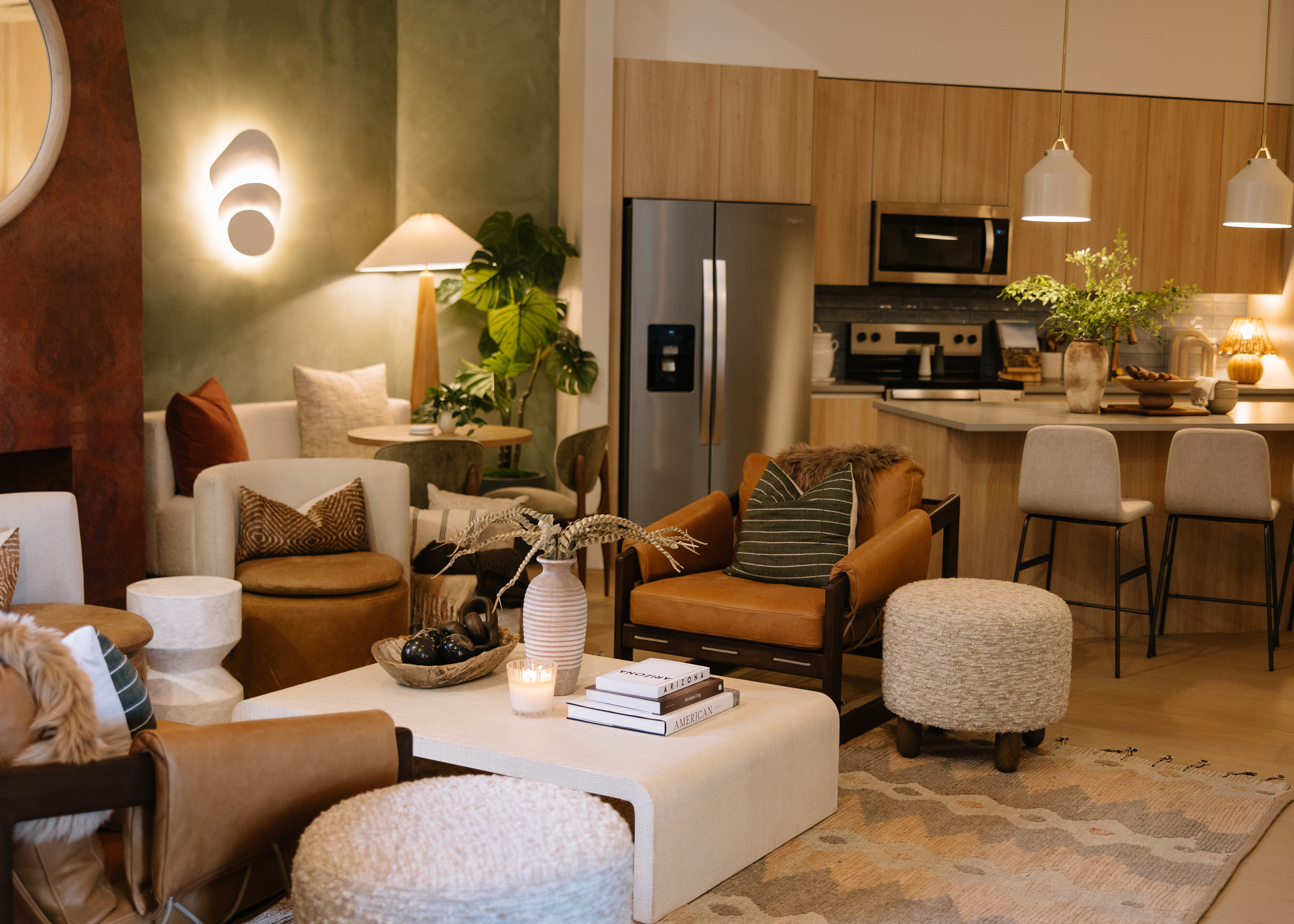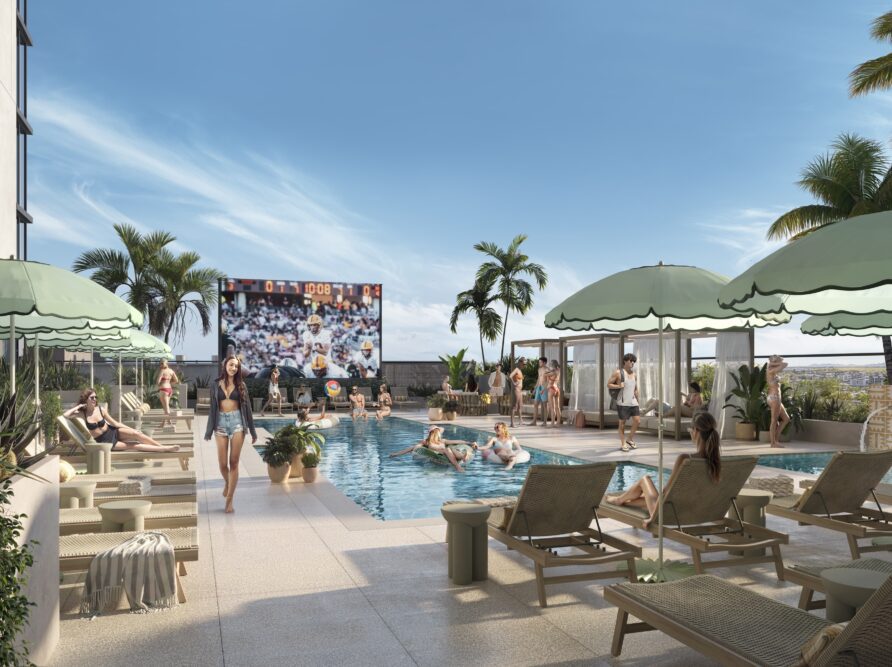When deciding where to secure a lease for the upcoming school year, one of the most important factors to consider is the variation in pricing among different apartment options.
While it may seem simple to compare listed rental rates on each property’s website, it’s important to remember that the base rent doesn’t always reflect the total monthly costs you’ll actually pay.
At Rambler Tempe, we know the leasing process can be complex. That’s why we prioritize transparency, providing you with a clear breakdown of all fees associated with your lease. Our goal is to eliminate surprises and help you accurately plan for your monthly expenses.
In this article, we’ll break down the housing costs, offering a detailed comparison between base rental rates and the full monthly costs of off-campus living near ASU. With this complete view, you’ll be equipped to make informed, confident decisions about your housing options.
What is the starting rate?
The starting rate of an apartment is the starting price listed on a property’s website for each available floor plan. It reflects the cost of rent alone and does not include upgrades, utilities or additional fees.
How is the starting rate calculated?
The starting rate is determined by two primary factors:
- The property itself (including its location, amenities, age and the floor plan)
- The specific layout chosen by the tenant

Traditional apartment in Tempe, Arizona. Photo courtesy of Novo Broadway Apartments.
For traditional housing (like houses or standard apartments), the base rate represents the total rent for the entire unit. In this case, all roommates share a single lease and are collectively responsible for paying the full rent each month. How the rent is divided among roommates is up to their mutual agreement.

Furnished bedroom in The Carmin located in Tempe, Arizona. Photo courtesy of The Carmin.
For student housing, tenants sign an individual lease or a “by-the-bed” lease. Under this arrangement, each roommate is only responsible for their designated bedroom (or bed) and shared common areas. Unlike traditional leases, individual leases mean each tenant signs a separate contract and pays rent independently. The base rate listed online reflects the rent per person before any additional fees are applied.
Read next: Student Apartments or Traditional Apartments Near ASU: Choosing the Best Off-Campus Housing for You
Each floor plan comes with its own base rate, influenced by the number of bedrooms and bathrooms. In student housing, each bed or bedroom carries its individual base rate.

Demo kitchen/living area inside Rambler House.
Features that can increase the starting rate include:
- Furnished apartments
- Balcony
- Additional or premium windows
- Higher floors / premium views
- Ensuite bathrooms
- In-unit washer and dryer
- Fewer bedrooms per unit (e.g., studio or 1×1 layouts)
Features that may lower the starting rate include:
- Double occupancy (shared bedrooms)
- Shared bathrooms
- More bedrooms per unit (e.g., 5×5 or 6×6 layouts)
Some properties incorporate extra offerings into their starting rate. For example, at Rambler Tempe, our starting rate includes:
- High-speed Wi-Fi
- A wall-mounted smart TV in every unit
- Furnishings
- In-unit washer and dryer
This ensures that your base rent provides added value beyond just the space itself.
What makes up the total monthly cost?
The total monthly cost represents the actual amount you’ll pay each month, combining the base rent with any additional fees. While some expenses, such as utilities and renter’s insurance, are mandatory, others like parking or pet rent are optional and can be customized to your needs.
Additional fees can include, but are not limited to:
- Utilities
- Renter’s insurance
- Parking
- Trash services
- Wi-Fi
- Cable TV
- Pet fees
- Technology packages
- Security deposit
- Apartment upgrades
It’s important to note that some properties include certain add-ons within their base rent, while others charge separately. These additional costs can add up quickly, and the pricing for each fee can vary significantly between properties. That’s why it’s essential to thoroughly research the total monthly costs at each property, rather than assuming affordability based solely on the base rent.
Total Monthly Cost vs. Starting Rate
Now that you understand the difference between the base rate and total monthly cost, it’s time to explore how a more comprehensive view of pricing can significantly impact your housing decision.
| Base Price | Utility Estimate | Additional Fees | Total Estimate | |
| Property #1 | $1,460 | $30 | $5 trash | $ 1,495.00 |
| Property #2 | $1,395 | $80 | $45 Recycling Fee | $1,520.00 |
As you can see, a property with a lower listed rental rate isn’t always the most cost-effective choice once you factor in the total monthly cost. Taking this holistic approach allows for a more accurate comparison of pricing across different properties.
We hope this article has provided clarity on how to effectively navigate and compare apartment costs. If you have any questions about pricing or would like to learn more about the costs of living at Rambler Tempe, don’t hesitate to reach out to our leasing team or visit Rambler House for more assistance. We’re here to help you find the perfect home!



